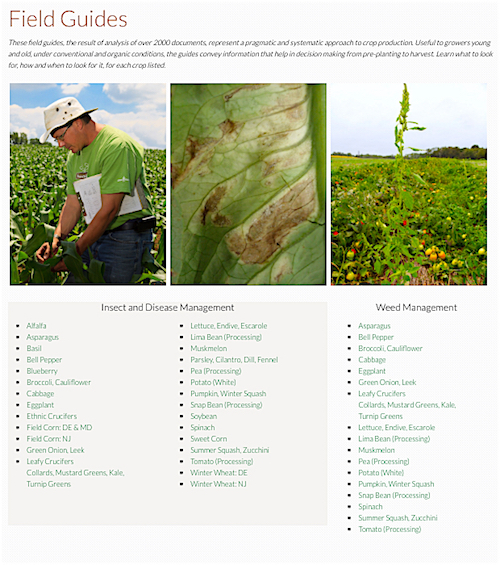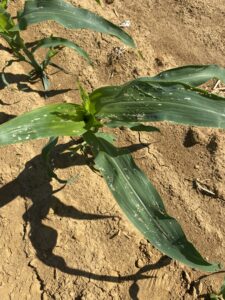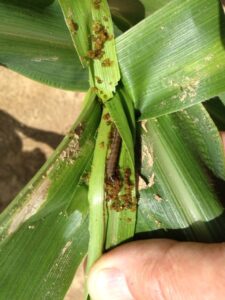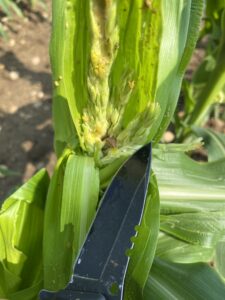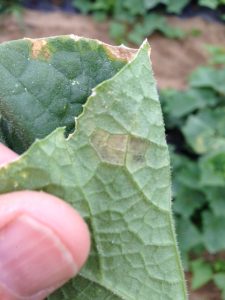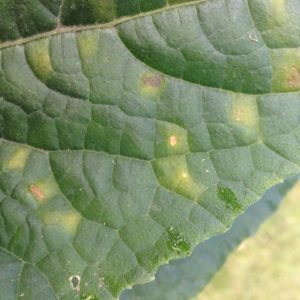“Beat the Heat” Plant and Pest Advisory articles are provided by the Agricultural Agents on the Rutgers Farm Health and Safety Team: Kate Brown, Stephen Komar, Michelle Infante-Casella and William Bamka
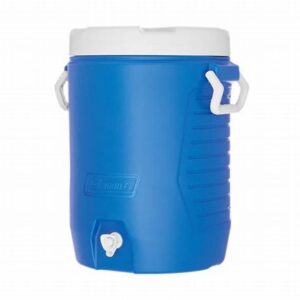 Protecting yourself and other workers from heat stress may involve purchasing some supplies for your farm operation. Some suggestions for items that may be used to “Beat the Heat” include water coolers, shade structures, fans for air movement in packing facilities, head coverings, sunscreen, and other things to help make a person cooler and more comfortable when working during high temperatures and/or in intense sunlight. Also, some companies listed also offer weather measuring devices to monitor environmental conditions for considering heat stress management decisions.
Protecting yourself and other workers from heat stress may involve purchasing some supplies for your farm operation. Some suggestions for items that may be used to “Beat the Heat” include water coolers, shade structures, fans for air movement in packing facilities, head coverings, sunscreen, and other things to help make a person cooler and more comfortable when working during high temperatures and/or in intense sunlight. Also, some companies listed also offer weather measuring devices to monitor environmental conditions for considering heat stress management decisions.
Below are some companies who offer supplies that may be useful for agricultural operations.
Grainger https://www.grainger.com/ Active NJ Farm Bureau members receive discounts on most products from Grainger. NJFB members also receive free standard parcel shipping on all standard Grainger products. You can visit any of 12 Grainger stores within NJ, or order online. Grainer offers many safety products for agricultural operations and other industries.
Gempler’s https://gemplers.com/
Gempler’s has an online tab on their website specifically for Heat Relief and Hydration supplies at https://gemplers.com/collections/heat-relief-hydration
Uline https://www.uline.com/
Uline offers personal protective equipment, water coolers, fans and other safety supplies.
Forestry Suppliers https://www.forestry-suppliers.com/
Forestry Suppliers sells personal protective equipment, wet bulb globe temperature meters and other supplies.
Tractor Supply https://www.tractorsupply.com/
Tractor Supply sells water coolers, hats, fans, and other supplies.
Home Depot https://www.homedepot.com/
Home Depot sells a variety of supplies like coolers, fans, and other supplies.
Lowes https://www.lowes.com/
Lowes sells a variety of supplies like coolers, fans, and other supplies.
Businesses listed and products from these companies are not endorsed by Rutgers Cooperative Extension or Rutgers University.
 Articles in this section contain information helpful to the NJ commercial organic grower.
Articles in this section contain information helpful to the NJ commercial organic grower.